Celebrate a Traditional Chinese New Year in 2017
Two celebrations mean twice the fun!
You may have already celebrated The New Year on January 1st. Maybe it was a crazy celebration with millions of people in Time Square in New York. (It was a lifetime experience for me). I will be celebrating the new year again this month because it’s the Chinese New Year on January 28th! Over a billion Chinese people across the world celebrate the festival together each year. I’ll explain what the celebration is all about.
Wait, the Chinese New Year isn’t on January 1st?
New Year’s is definitely the first day of the new year on the solar calendar, but Chinese New Year, or Spring Festival, is based on the Chinese lunar calendar. Since a month in the lunar calendar is two days shorter than the solar calendar, the Chinese New Year is on a different day each year, normally between late January and mid-February. As confusing as it may sound, both calendars are used in China. Chinese holidays are based on the lunar calendar, while daily schedules are based on the solar. 2017 will be the year of Rooster in Chinese animal zodiac. You may see many paintings depicting roosters on the streets in China.
Traditional Celebration
The Spring Festival is a time to recognize the achievements of the past year and look forward to fortune in the new year. But most importantly, it’s a time to reunite with family members.
Even though the traditions of the celebration can be different throughout China, the main traditions are similar to these:
-
Decorate with red
It’s time to say goodbye to the old year and welcome the new year. One way to do that is to clean the house, sweep away the dust, get rid of things you don’t need, and decorate everywhere with red. Red represents prosperity, fortune, and happiness. You may see Chinese red lanterns, door couplets, paper cuttings, and upside down Fu characters (Fu means happiness) everywhere. It will be popular to decorate with roosters this year. Wearing red is a festive way to participate.
Making lots of noise when the clock strikes midnight on the New Year is common. Setting off firecrackers or fireworks has been a New Year must for thousands of years!
-
Eating lucky food
Dinner on New Year’s Eve is considered the biggest meal of the year. The best time to enjoy the company of family is sitting together and eating a really big meal. Chinese believe good luck on the first day of the year will bring you good luck for the whole year, so people eat lucky food on this day. Lucky food doesn’t mean fortune cookies, though, because there are no fortune cookies in China.
The jiaozi (dumplings) are obviously the main food for the new year. The dumplings are shaped like gold nuggets (old Chinese money), which represent wealth and treasure. There are many other lucky foods for the New Year. For example, Tangyuan (sweet dumplings) means reunion; fish represent riches; glutinous rice cakes represent a promotion or higher income.
-
Red Envelopes
Giving gifts to children or elders is believed to be good luck for family members or friends. The most commonly given gifts are red envelopes with money inside. With the development of technology, it is common now to send red envelopes on WeChat, the leading social media platform in China (check out our official WeChat account! WeChat ID: USANA_OfficialWeChat).
Multicultural Family
USANA has become a family of customers and distributors across 20 markets, representing various languages and cultures. USANA’s executives are excited to wish you a happy Chinese New Year. May your 2017 be prosperous and bring you great happiness!
 Learn what USANA is doing to make the world a better place.
Learn what USANA is doing to make the world a better place.
The future of personalized health and nutrition is now available with USANA’s True Health Assessment.

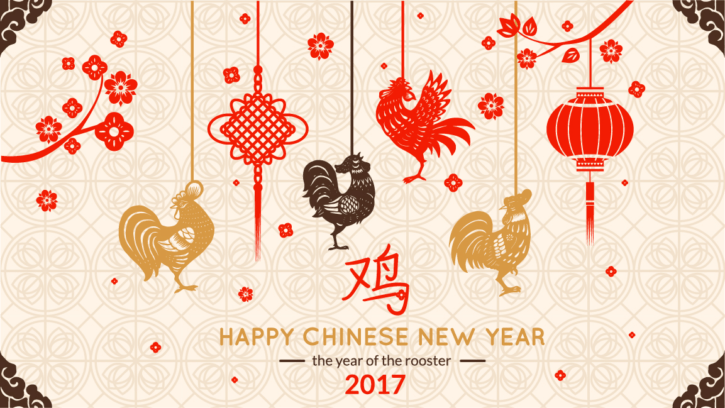
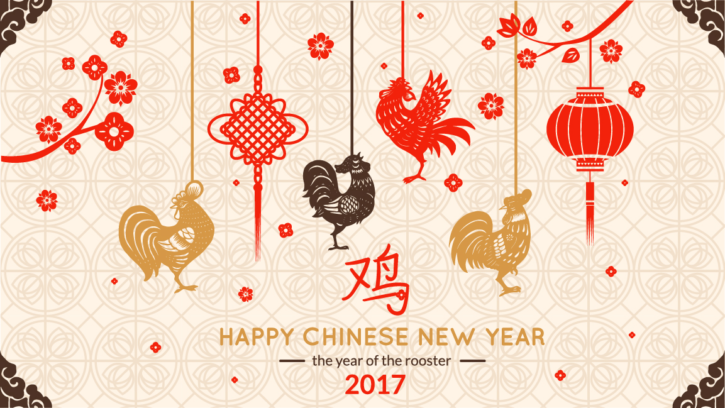
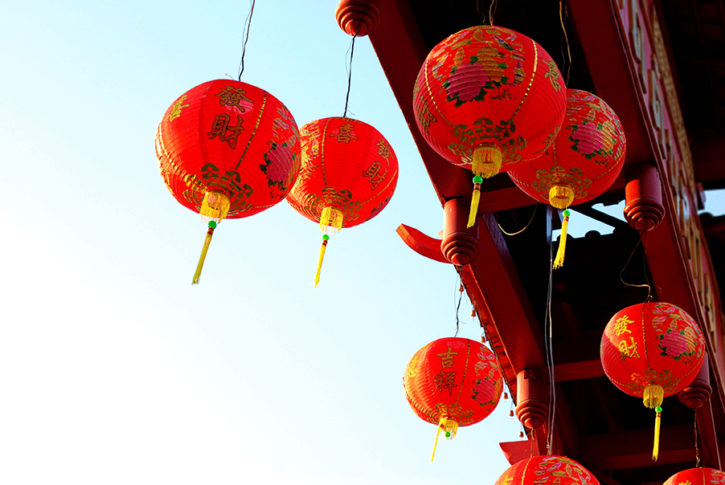
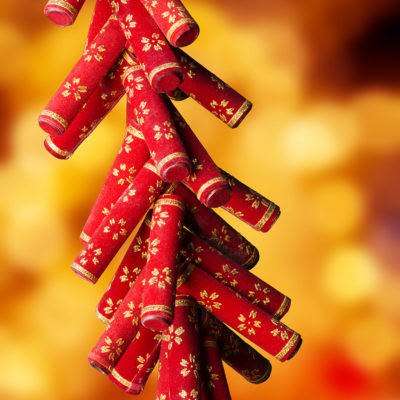
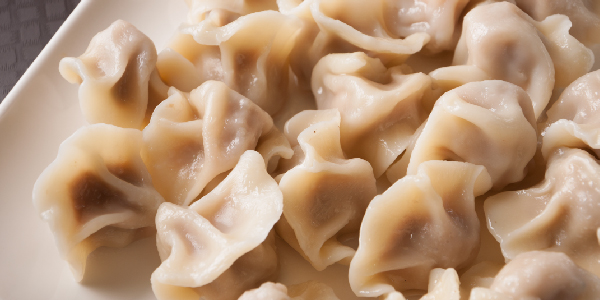
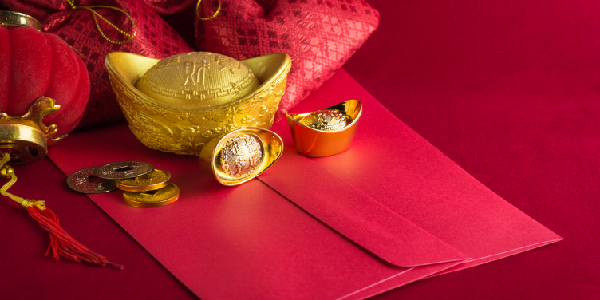


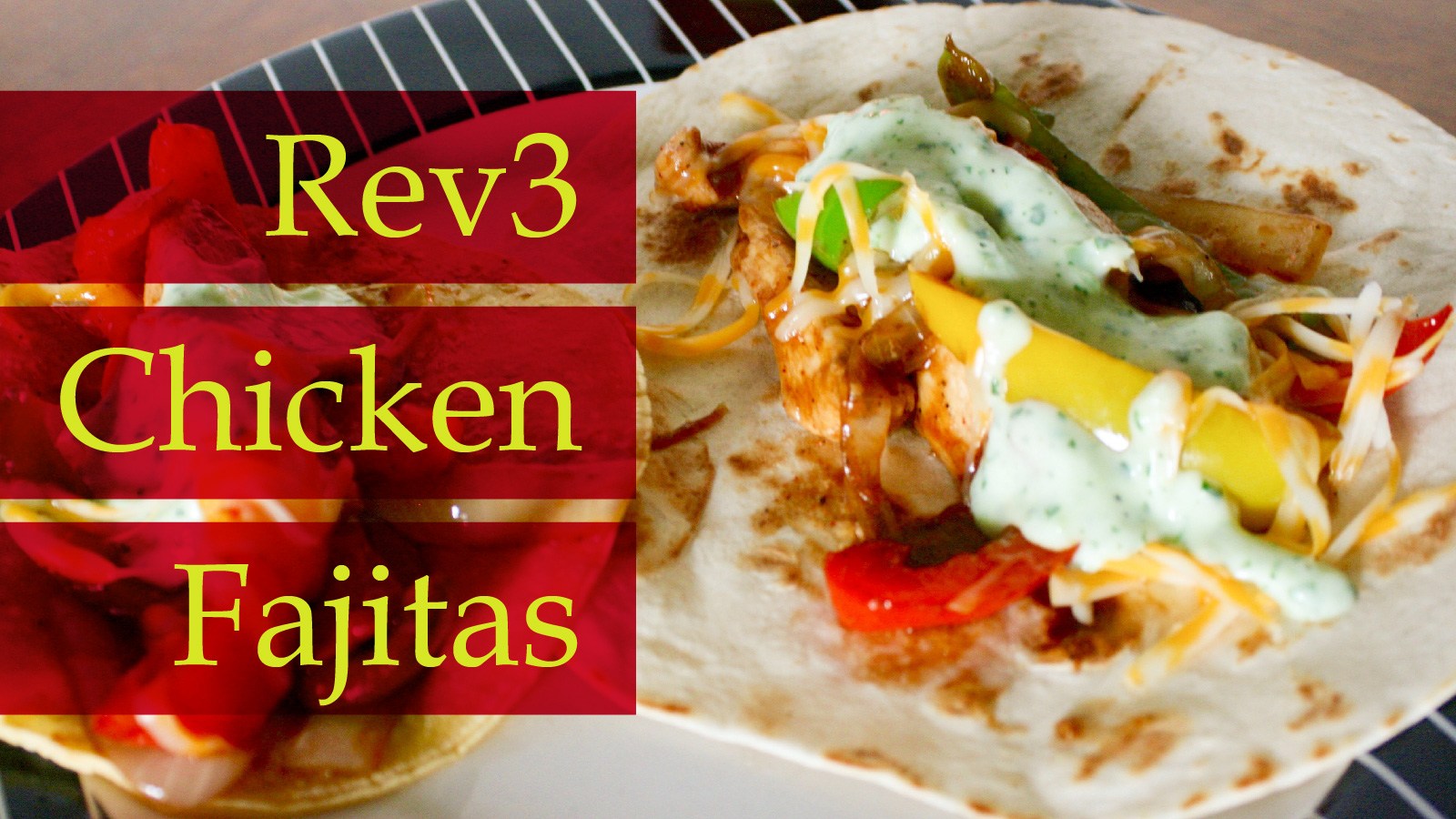
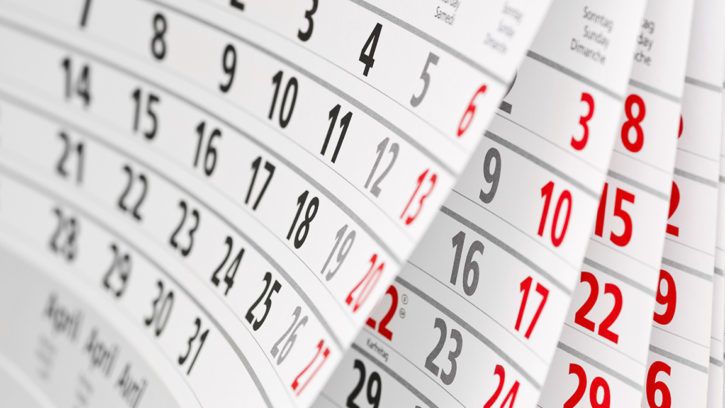

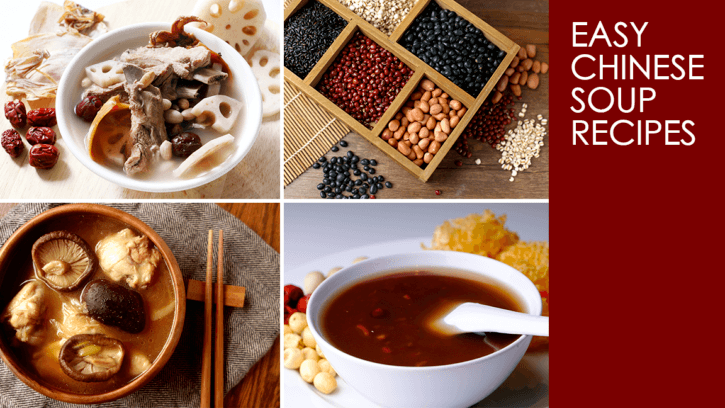


Leave a Reply
Want to join the discussion?Feel free to contribute!